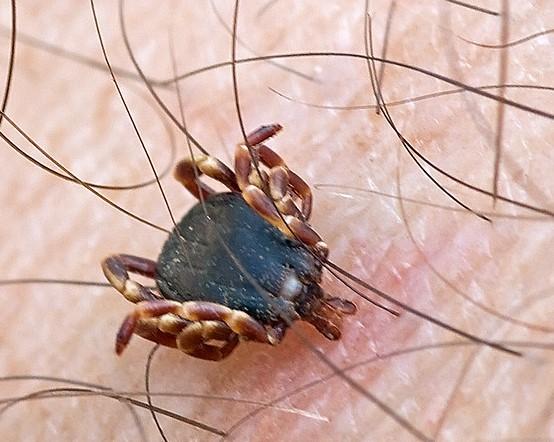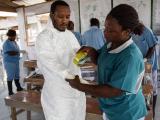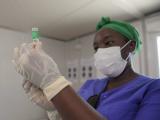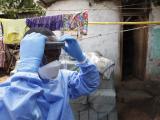A Crimean-Congo hemorrhagic fever (CCHF) outbreak in Pakistan’s Balochistan province has now infected hospital workers, one of them fatally, infectious disease news tracking groups reported over the weekend, based on their monitoring of local media reports and posts on official social media accounts.
CCHF, a viral hemorrhagic fever transmitted through ticks, is endemic in Africa, the Balkans, the Middle East, and Asia. The disease is most common in people who are bitten by Hyalomma ticks or exposed to tissues from sick cattle, such as during slaughter. However, the virus—known for its high case-fatality rate—can lead to epidemics in people exposed to infected body fluids and has triggered past outbreaks in health facilities.
Rising outbreak cases preceded hospital event
Since August, FluTrackers, an infectious disease news message board, has been picking up reports of ongoing CCHF hospitalizations in Quetta, Balochistan’s capital, with 41 cases, 15 of them fatal, as of the middle of October.
In a new development on November 4, local media reported eight new cases in the outbreak, five of them reportedly in doctors. And the following day, FluTrackers flagged a report that Balochistan’s government had declared a red alert in the wake of 16 CCHF deaths, including a doctor, in the province.
Yesterday Avian Flu Diary (AFD), an infectious disease news blog, flagged a Twitter post from Pakistan’s health ministry that confirmed the doctor’s death from CCHF, and today AFD identified an official report from the Balochistan government’s Facebook page that detailed the results of a high-level meeting of health officials who discussed the situation.
The report suggests that the outbreak in health workers followed the October 22 hospitalization of a patient at Quetta’s Civil Hospital who tested positive for CCHF 3 days later. Officials said two more affected health workers were airlifted to a hospital in Karachi.
At the outbreak hospital, officials have sealed the affected ward and have taken extra steps to disinfect all cattle markets in the province and have banned private-animal slaughter in public areas for 2 weeks.
Endemic countries remain on guard, France reports first detection in ticks
Countries where CCHF is endemic continue to battle the virus. For example, Iraq reported a spike in activity in 2022, with at least 212 cases, 27 of them fatal, spread across several governorates, according to an earlier notification from the World Health Organization.
Also, countries where CCHF isn’t endemic continue to look for the virus in ticks. In October, Public Health France reported the first CCHF detection in Hyalomma ticks collected from cattle in the Eastern Pyrenees in the country’s south. In the past, the tick has been found on the Mediterranean coast, including in Corsica. The group said since 2016, some locally acquired human cases have been reported from Spain, including some in healthcare workers.
Currently, there are no specific vaccine or treatments for CCHF, but like other viral hemorrhagic fevers, patients benefit from early aggressive intensive care treatment.




















